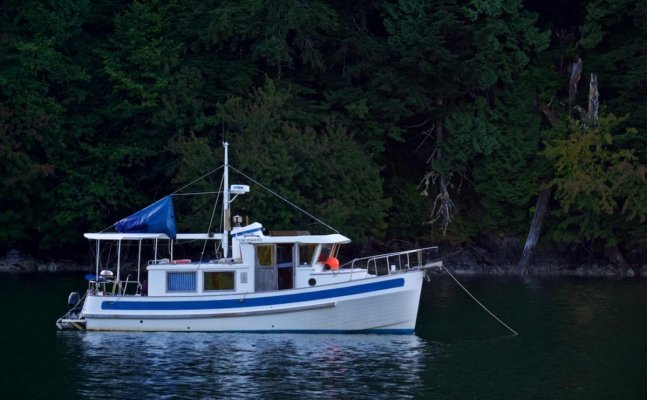Roidagobert
Member
Waiting for my new ST44 arrival (october) I'm just wondering if there's any way to prevent the boat "tacking" left and right while at anchor.
I'm used to sailboats, and normally I keep a little mizzen sail to prevent this: do you think that the mast on the ST44 is strong enough to rig a small sail?
That will also be useful for minimizing rolling while under way..
Thanks
Federico
I'm used to sailboats, and normally I keep a little mizzen sail to prevent this: do you think that the mast on the ST44 is strong enough to rig a small sail?
That will also be useful for minimizing rolling while under way..
Thanks
Federico


